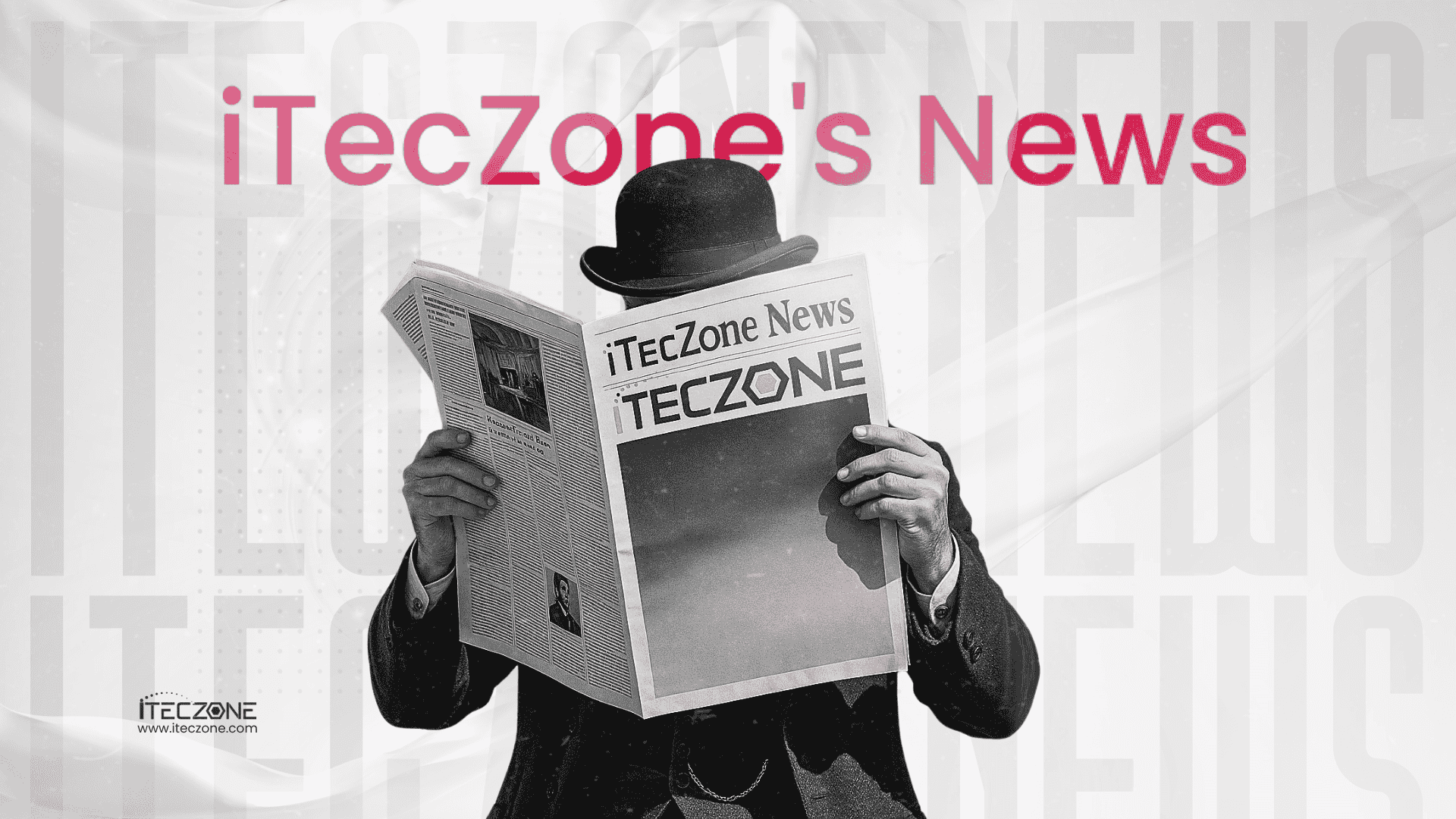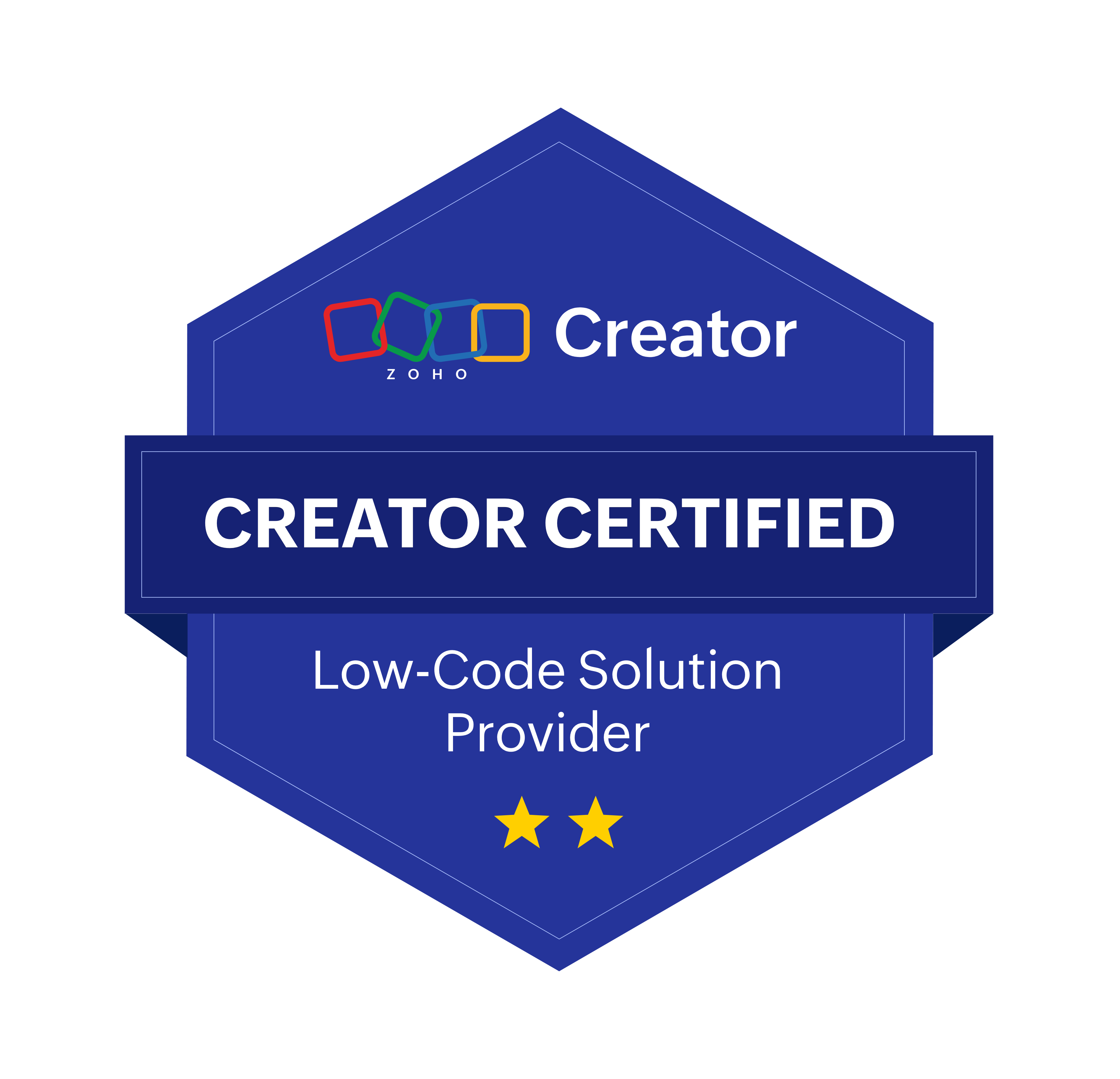The future of hiring is here today. Companies are moving past old, manual HR processes. The focus is now on data-driven, intelligent hiring. We must track new key performance indicators (KPIs). These AI recruitment metrics 2026 show if your technology is working well. Understanding these AI recruitment metrics 2026 is vital for your future success. They help you ensure fair, efficient, and quality hiring outcomes.
Why Metrics Must Evolve
Traditional metrics like time-to-hire are still important. However, AI adoption demands deeper, ethical measurements. We need data that proves our algorithms are fair. We also need to see that AI provides a strong return on investment. The new KPIs ensure your recruiting strategy is scalable.
Tracking Sourcing Quality and Engagement
Recruiters need to measure where quality candidates come from. The AI sourcing quality metric helps track this key factor. It shows if AI is finding the best talent efficiently. Low quality sourcing wastes time and money. You also need a strong application completion rate benchmark. High drop-off rates signal a poor candidate experience. Optimizing this rate helps you keep interested applicants.
Ensuring Fairness with AI Bias
Ethical hiring is non-negotiable for modern businesses. You must actively monitor for fairness and compliance. The AI bias index in hiring measures equity across candidate groups. It compares selection rates for diverse pools. A high index means your algorithm needs immediate changes. Fairness must be tracked at every single hiring stage. This focus safeguards your company’s valuable reputation.
Optimizing the Funnel Conversion
Look closely at your hiring funnel’s true health. The assessment to interview ratio tracks candidate progression through testing. A 3:1 to 5:1 ratio is often considered a healthy benchmark. A low ratio suggests your tests are too easy to pass. Next, examine the interview to offer conversion rate closely. This metric shows interview effectiveness and quality. A strong rate confirms your initial AI screening is accurate. Low conversion means qualified candidates are being missed. Tracking these modern AI recruitment metrics 2026 is crucial. This data prevents bottlenecks and improves team efficiency.
About iTecZone and Zoho
To effectively manage these complex AI recruitment metrics 2026, you need robust technology. Zoho offers powerful, integrated solutions for every business need. Implementing and customizing these platforms requires expert knowledge. With iTecZone as a certified Zoho partner and a team of experienced developers, you can access top-tier services for all Zoho applications. This is why iTecZone is the perfect choice as your Zoho Consultant Partner. We help you use data to build a better business.
FAQ’s
What is the primary purpose of the AI bias index in hiring?
The main purpose is to ensure fairness and equity. It flags systems that favor one demographic group over others. This helps prevent algorithmic discrimination.
How does the application completion rate benchmark help recruiting teams?
It helps teams identify friction points in the application process. If the rate is low, the application might be too long. Improving the flow boosts the total number of applicants.
What does a low interview to offer conversion rate suggest?
A low rate suggests a misalignment in the hiring process. This could mean the assessment stage is failing. It might also show that interviews are too subjective.
Why is the AI sourcing quality metric so important for 2026?
It is important because sourcing is the costliest phase. This metric proves that your AI is finding the right people. It prevents spending time on unqualified leads.




